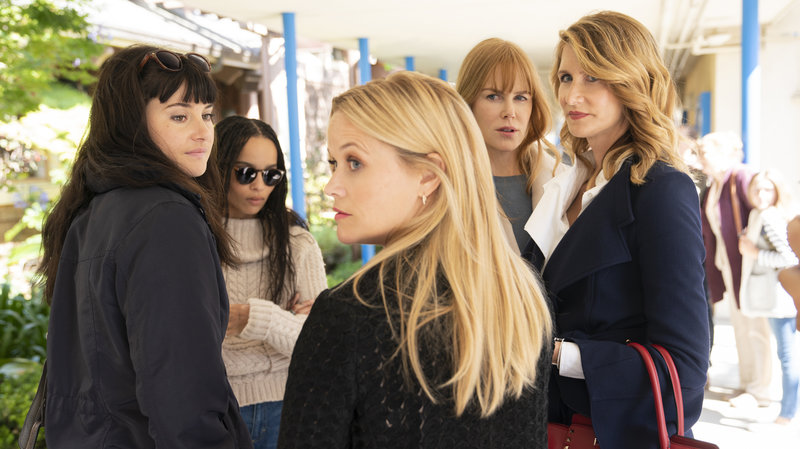
Newly reissued, the intellectual heft of Françoise Gilot’s now classic memoir is in its art criticism, even as its emotional arc lies in Picasso and Gilot’s unequal romance.
When the French painter and writer Françoise Gilot was 21, she met an older artist at a Paris restaurant. He invited her to visit his studio, and they quickly fell in love.
She defied her bourgeois family by moving in with him, and they remained together for 10 years. They raised two children, and she slowed her own career to be his muse, manager and support system. But this became untenable, and she left him, becoming a highly successful painter in her own right. As for the older artist — well, he was Pablo Picasso.
A decade after she and Picasso split, Gilot wrote a memoir of their time together, Life with Picasso, newly reissued by NYRB Classics. When it first came out, Picasso launched three lawsuits trying to block its publication — and 40 French intellectuals signed a manifesto asking that it be banned. The novelist Lisa Alther writes in her introduction to the new edition that these intellectuals “evidently found it acceptable for Picasso to have used Gilot’s likeness in hundreds of his artworks — but scandalous if she portrayed him in hers.” Thankfully, the challenges to Life with Picasso failed. Today, it stands as both an invaluable work of art history and a revealing precursor to the literature of #MeToo. More at NPR.com



